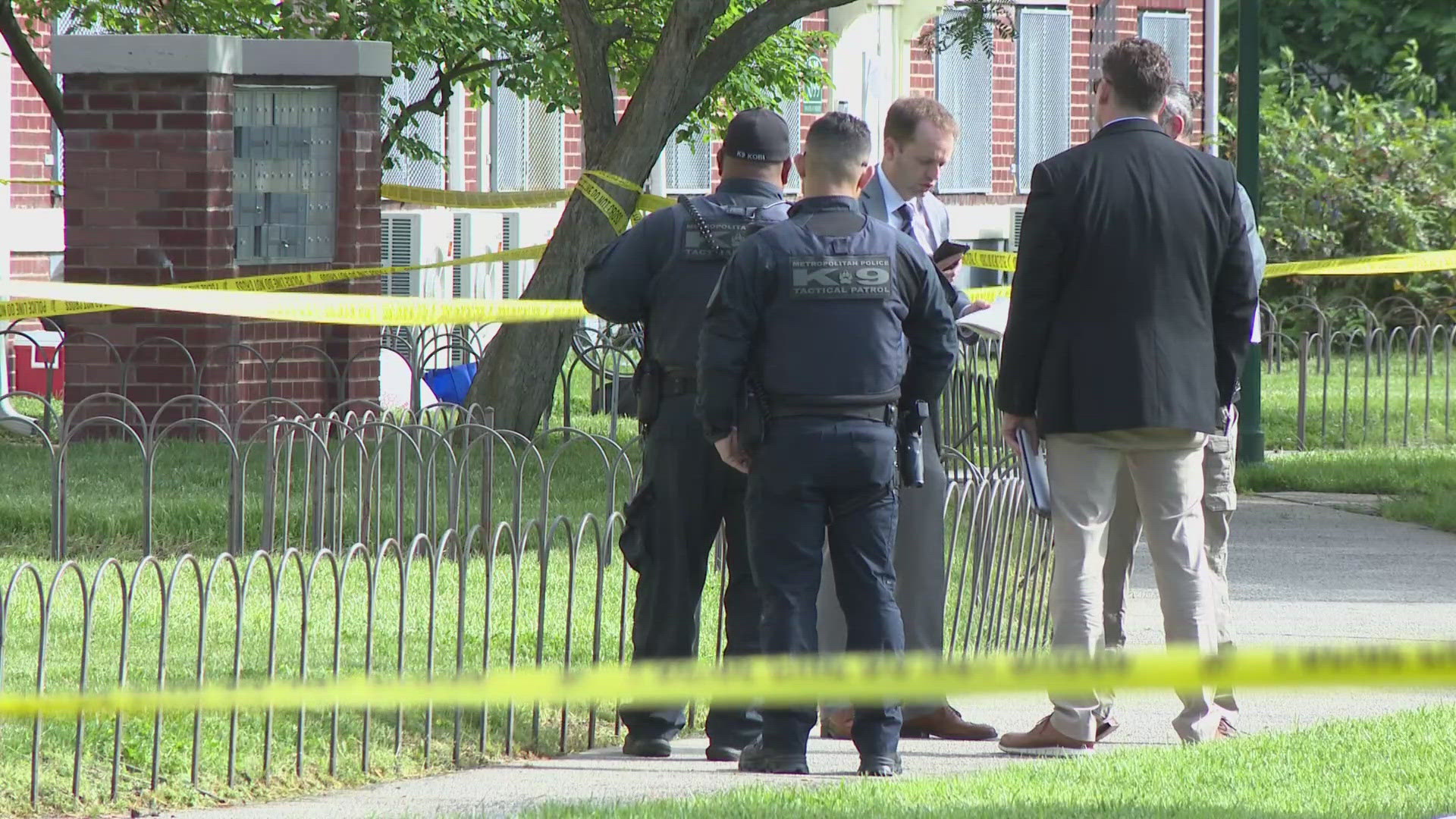WASHINGTON — The D.C. metro area added nearly 10,000 new rideshare drivers each year between 2014-17, according to new data released Thursday by the Census Bureau – making that sector into a more than $1 billion industry.
The Census Bureau releases numbers annually about what it calls "nonemployer establishments" – things like private real estate agents, independent contractors and drivers who work for rideshare companies like Uber and Lyft.
The latest data release from the Census suggests workers in the latter category have helped fuel an explosion of growth in their industry group – "taxi and limousine," as coded by the Census – which we’ll call the rideshare sector.
In the five years between 2007-11 – when Uber first came to D.C. (Lyft launched in D.C. in 2013) – the D.C. metro added 2,233 rideshare employees. In the following five years, nearly 18,000 new rideshare establishments, or drivers, were added.
As of 2017, the most recent year available, the Census estimates there are 48,6000 people working in the rideshare sector in the D.C. metro.
Revenues reported by the rideshare sector have grown hand over foot, too. Between 2007-17, the sector’s revenue increased by more than 272 percent. As of 2017, the Census estimated total revenues of nearly $982 million. At its average rate of growth over the most recent three years available, the D.C. metro’s rideshare sector could be as much as a $1.5 billion annual industry in 2019.
Census data shows the sector’s revenue has grown by double digits each year beginning with 2013, and has grown by an average of 25 percent annually over the past three years. The number of drivers has increased even faster, with 2015 alone seeing a 52 percent increase in drivers.
The trend is the same nationally, where the rideshare sector has grown from annual revenues of a $5.2 billion in 2007 to revenues exceeding $19 billion in 2017.
A limitation of the data is that it doesn't reveal what percentage of drivers remain in the industry year over year, or how many of them are working as drivers full or part-time. It's also doesn't differentiate between growth in drivers for rideshare apps like Uber and Lyft and of more traditional independent taxi and limo drivers.
Despite the economic boom for the sector as a whole, individual drivers aren’t necessarily sharing in the prosperity.
A report published by Georgetown University in April found that some D.C.-area rideshare drivers may only be making $5 an hour or less after expenses.
In May, drivers for Uber and Lyft stopped traffic at Reagan National Airport as part of a nationwide protest against ridesharing companies.
The rise of ridesharing apps has also been bad news for the Metro, which has seen a drop in daily ridership of more than 100,000 people over the past decade.
READ MORE
---
Jordan Fischer is an investigative reporter with WUSA9. Follow him on Twitter at @JordanOnRecord.



